Celtic Wheel
The Celtic Wheel/Calendar is a system based on knowledge handed down by our Celtic and Pre-Celtic ancestors. Connected to the natural world, they lived their lives by the seasons, stars, elements and the cosmos. This time piece is a hugely important part of Irish culture, and has greatly influenced how we view the yearly cycle in the present day.
There are 8 festivals, often referred to as gateways; four fire festivals (Imbolc, Beltaine, Lughnasa and Samhain) which connect us with the fertility of the land, and four cross-quarter festivals (Equinoxes and Solstices) which track the sun.
Imbolc [meaning: in the belly] - 1st of February
Marks the begining of Spring when the days lengthen and fertility returns to the land. A celebration of the retuning of the light.
Spring Equinox - March 21st
With the rising of the sun a shift of light enters the doorway of Grianan an Ailach, Co. Donegal spliting the stone circle in half, representing the balance between the masculine and the feminine. A time of growth and new life.
Beltaine (Beltane, Beltain, Beltainne, Bealtaine, Beltany) - 1st of May
- If you would like a print with an alternate name please contact inkninjaart@gmail.com.
The lighting of fires to mark the beginning of Summer is still practiced today. This time of year represents light, fertility and new beginnings. It is believed that the fairy-folk (the Sidhe) are very active around this time.
Summer Solstice - 20th -21st June
The longest day of the year. Grange Circle, at Lough Gurr, Co Limeick is accociated with this time when the rising sun enters the circle of stones.
Lughnasa - 1st of August
The harvest festival named after the sun God Lugh. Croagh Patrick mountain in Co. Mayo was a place of pilgrimage associated with this festival, where it is believed that rituals were held in pre-Christian times.
Autumn Equinox - 20th -21st of September
Equal day and equal night marking the end of Summer and the beginning of Autumn. Cairn T, at Loughcrew Co Meath, is alligned with the sun at this time. As the sun rises the chamber of the burial tomb is filled with light.
Samhain [pronounced: Sow-In] - Octoberer 31st
Marking the end of the harvest season and the beginning of Winter. Samhain became Halloween around the 7th century when Christianity declared “All Saints Day” or “All Hallows” for the 1st of November, making the night before it “All-Hallows-Eve”, or “Halloween!” Traditionally during Samhain people would wear costumes and light bonfires to disguise and protect themselves evil spirits or fairies (also known as: Fae or Sidhe). The tradition of carving pumpkins originated from turnip carving in Ireland, which was done to ward away evil spirits. When many Irish immigrated to North America pumpkins were more plentiful, and easier to carve, and so, made a great substitute. for the humble turnip
Winter Solstice - 21st of December
An astrological phenomenon that marks the shortest day and the longest night of the year. Newgrange, Co. Meath Neolithic Passage Tomb was designed in such a way as to let light enter the tomb on this date. This alignment demonstrates the significance of the tracking of the sun to the people of this time. It is equally important today as many people still gather here every year. The bringing of light to the darkness is at the core of this celebration.
The Celts
The Celts were a collection of Indo-European groups identified by their use of Celtic languages and shared culture. The term Celtic is also broadly used to describe pre-Christian in Ireland, Scotland, Wales and Cornwall.
The relationship between ethnicity, language and culture in the Celtic world is often debated, but what is generally agreed is that respect for air, water, trees, animals, stones and fire were key to their way of life.
These belief systems share similarities with our Nordic cousins, especially when we look deeper into the God-like characters of the time. It is debated that in Ireland, the early Christian leaders of the time adopted these God-like characters as Saints to aid the conversion of the local people. Most famous of these being St. Brigid, from the Goddess of the same name known as a great healer. Her feast day is the 1st of February, which was originally a pagan festival called Imbolc, which marked the beginning of Spring.

Wheel Cross. A study of the connection between old values and new, by Bernard.
Wheel Cross
The circle and cross has been used as a symbol through many cultures and spiritual belief systems. Sometimes referred to as a Solar Cross or Sun Cross it is used to represent the seasons, or simply the Sun. There are various themes or actions commonly associated with the cross-quarters and festivals, but like much of Celtic history and mythology there is vagueness around how they were represented. Bernard’s Wheel Design is aligned to these ancient ideas but presented an a way that makes sense in a modern context and up to date language.
Modern thoughts on health and wellbeing teach us that connecting with nature benefits us greatly, from waking barefoot on wet grass to swimming in our natural waterways. It is with that in mind that Bernard began to look at a modernised interpretation of the Celtic Wheel. Looking deeply at the festivals and seasons and how we relate to them today. Key to this work was spending time in some of the ancient stone circles of Ireland, getting a sense of the distant past, in order to create something today that give us the ability to mold our futures.

Beltany Stone Circle, Co. Donegal
Original Artwork by Bernard
-
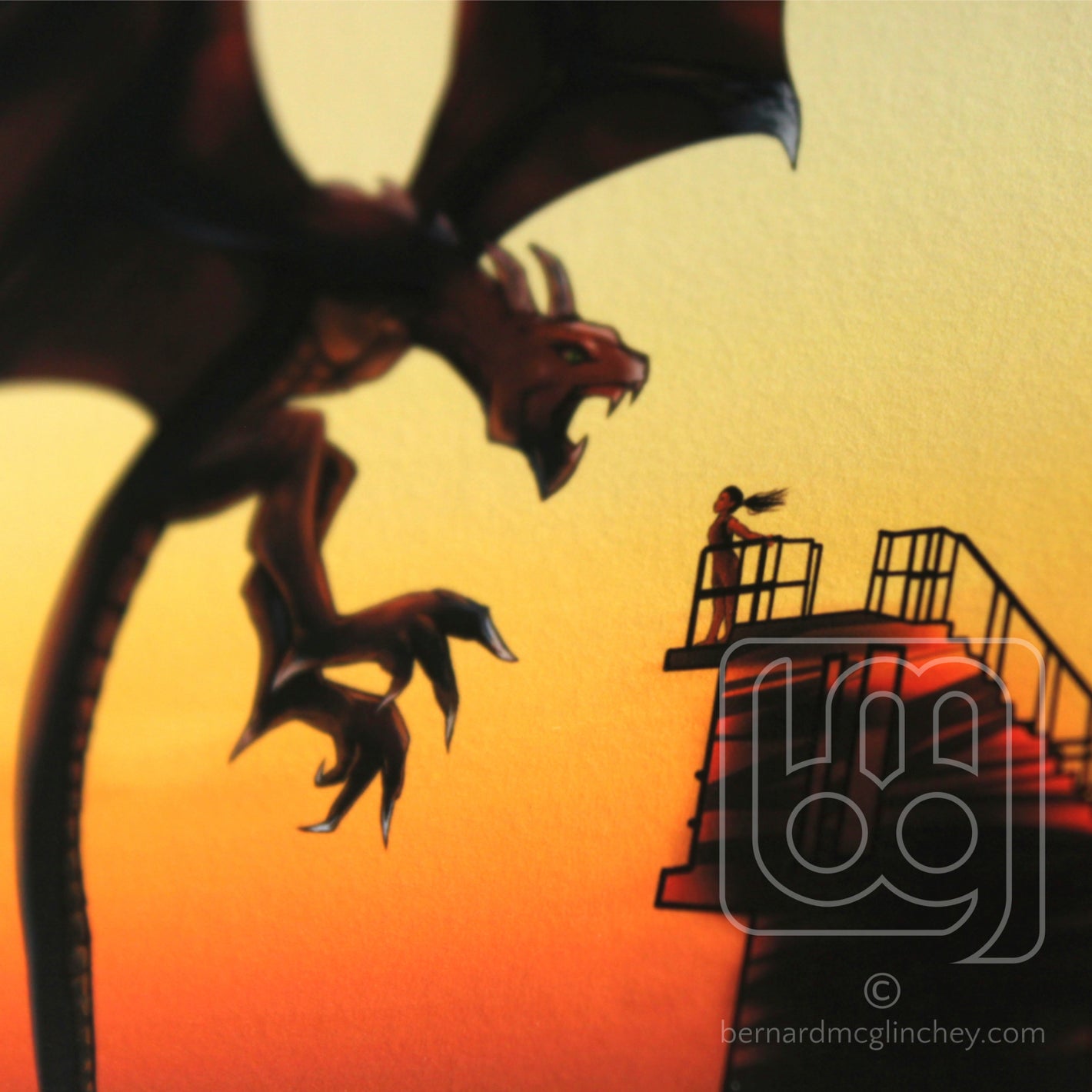
The Blackrock Dragon
A detail from the first of Bernard's Dragon's of Galway series. For a glimpse of the Longwalk Dragon check out his Instagram @bmgartbox.
-
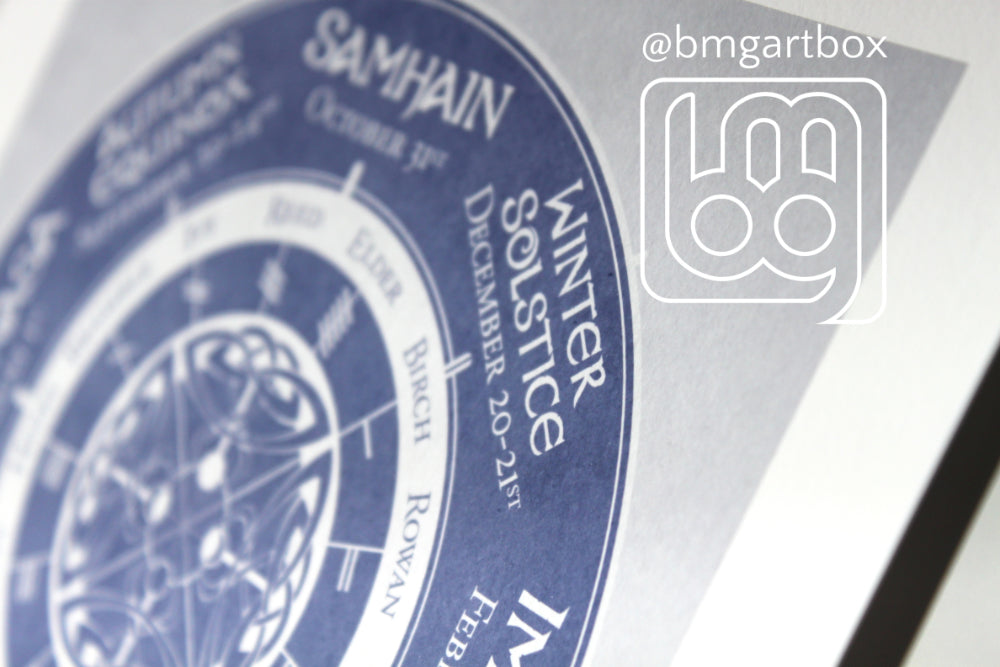
Celtic Wheel Calendar
Technical illustration based on an ancient Irish seasonal annual time tracking methodology.
-

Nike
Mythological Greek Goddess of speed, strength and victory.
-
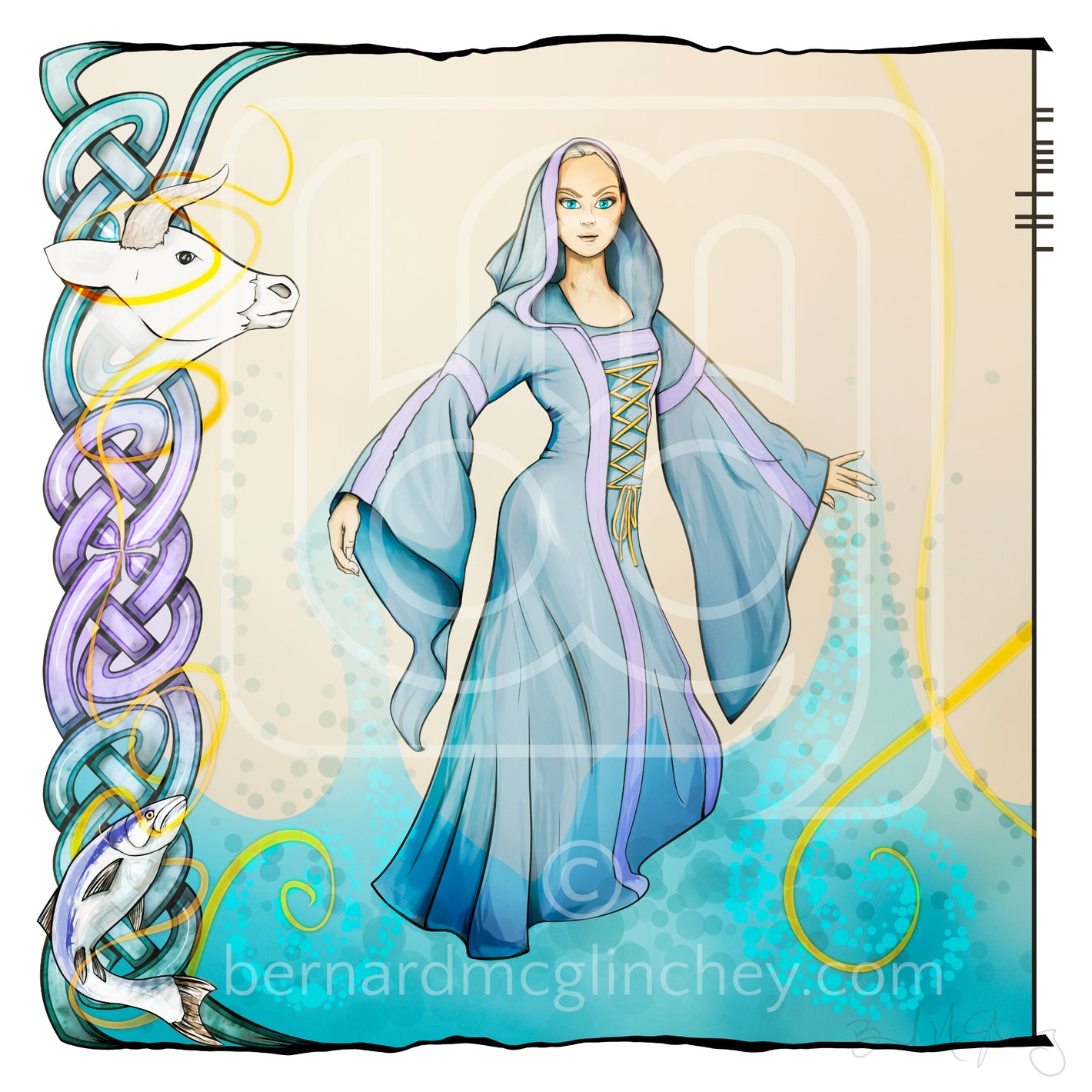
Boann (Bóinn)
Ancient Irish Goddess of the River Boyne, daughter of Delbáeth, of the Tuatha Dé Danann.
-
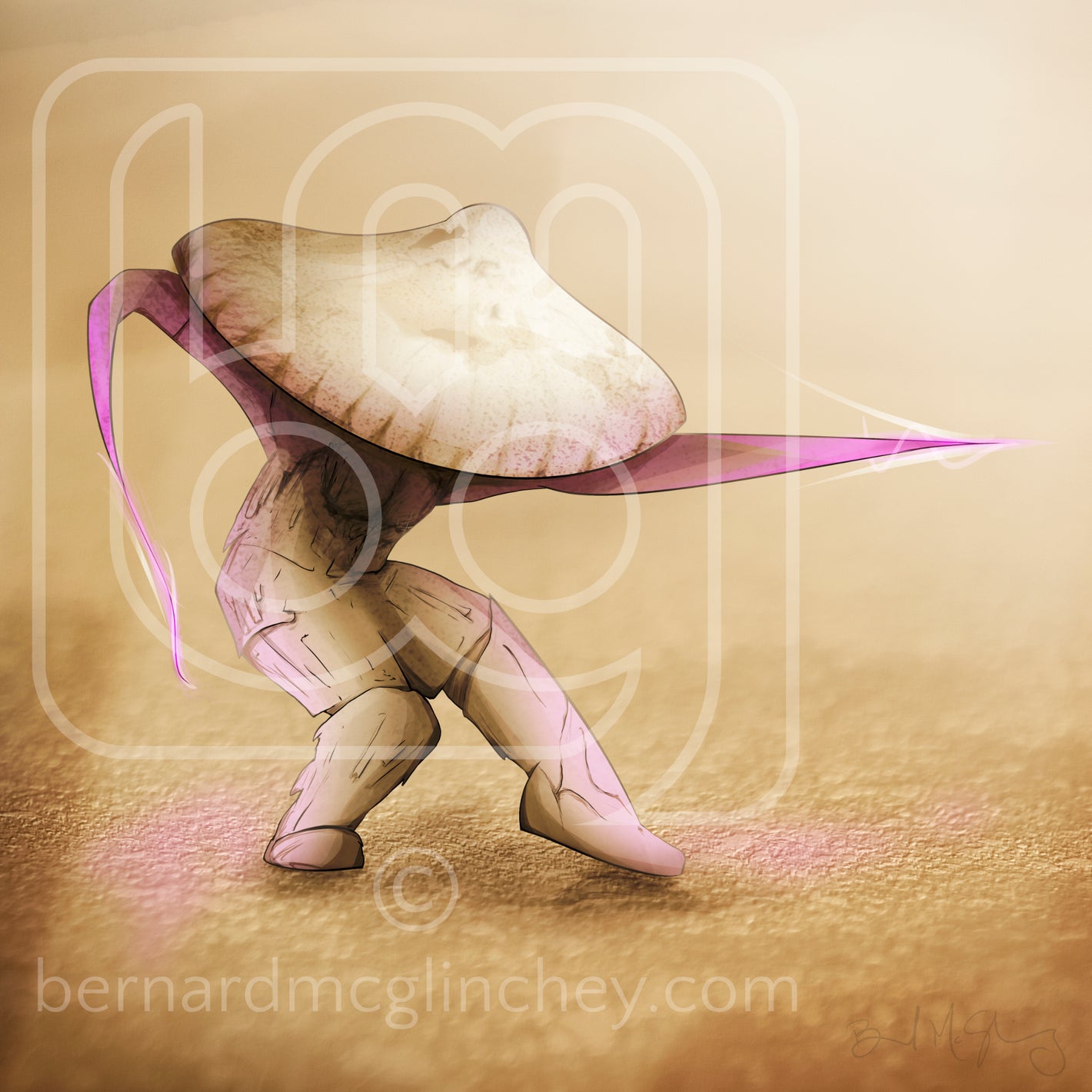
Fighter Mushroom
Submission for an online "Character Design Challenge".
-
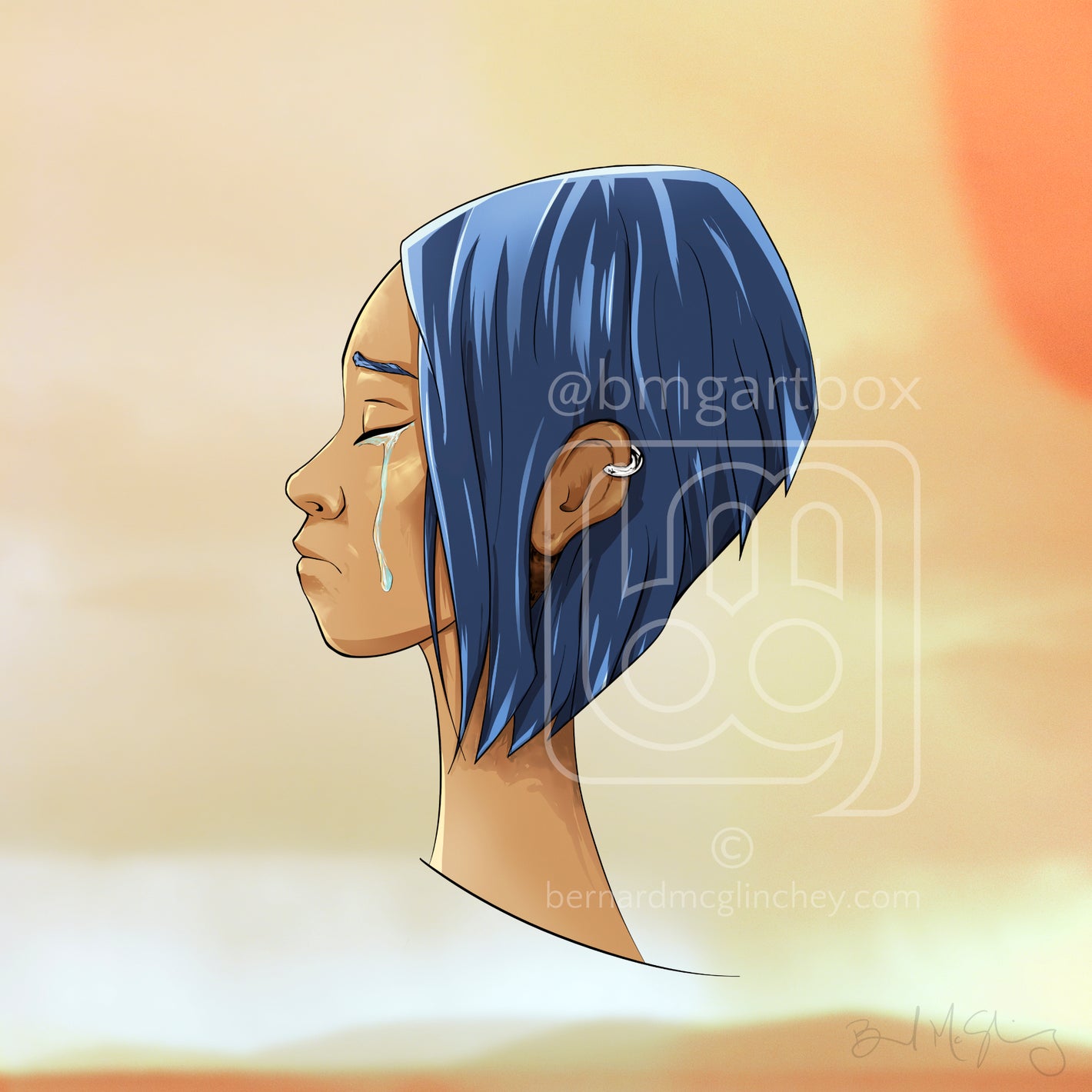
Airmid's Tears
Character concept. Member of the ancient Irish Godlike race; An Tuatha De Danann.
-

Camogie Brigid
Character concept. Modern depiction of Brigid, member of the ancient Irish Godlike race; An Tuatha De Danann.
-
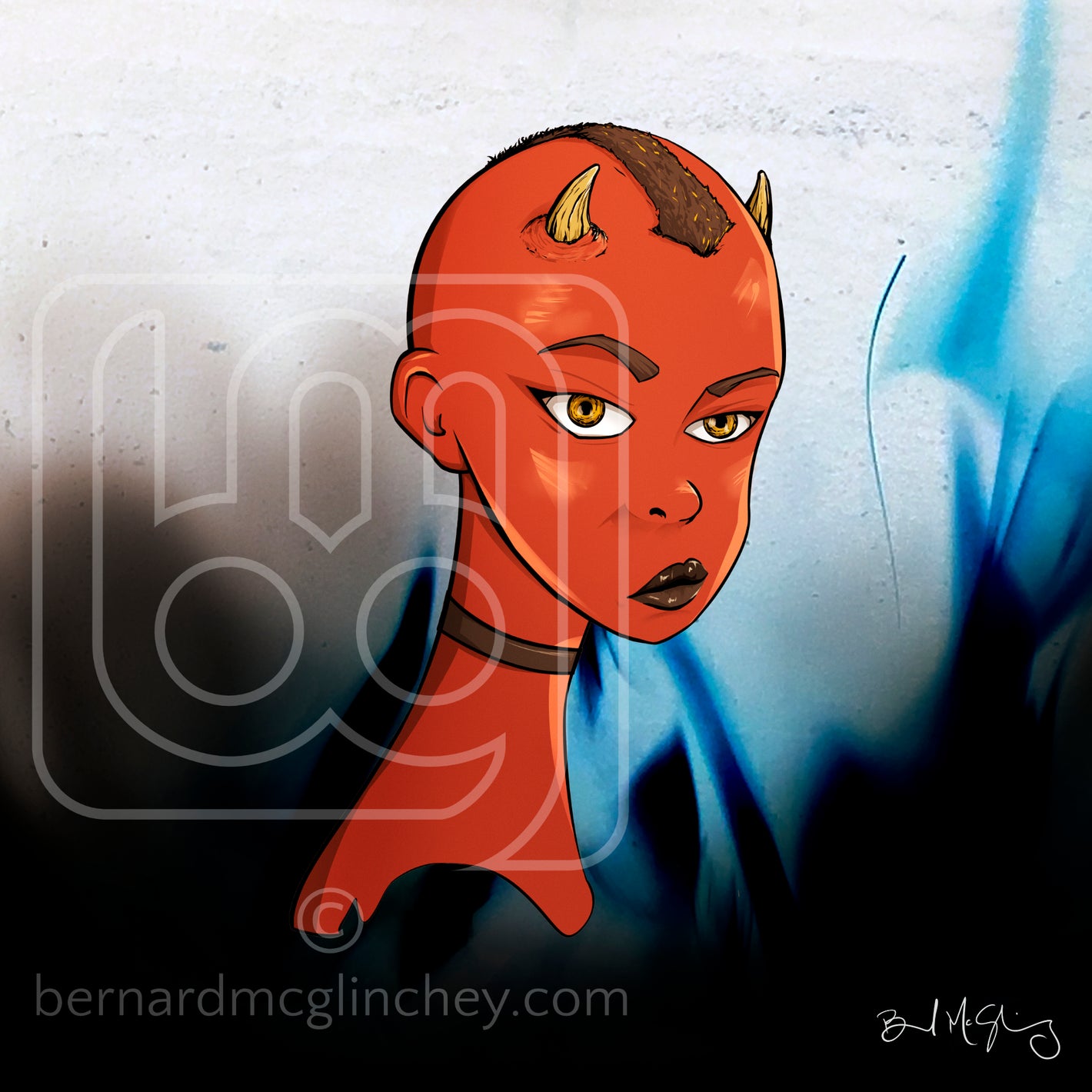
The Red Imp of the Otherworld
An Imp is a European mythological being considered to be troublesome and mischievous.
-
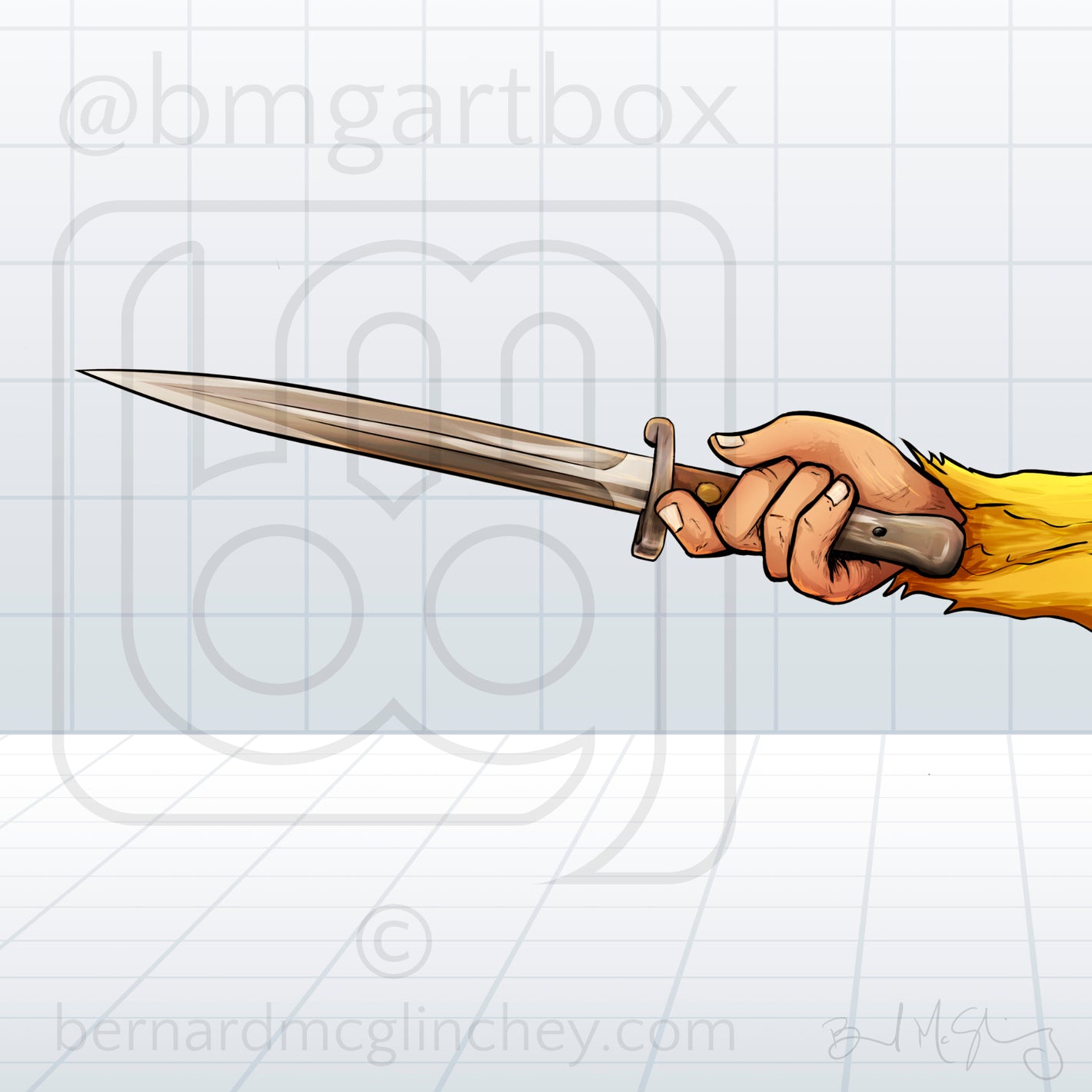
The Golden Monkey's Right Hand
Lee-Enfield Bayonet. #warwhatisitgoodforabsolutelynothing










